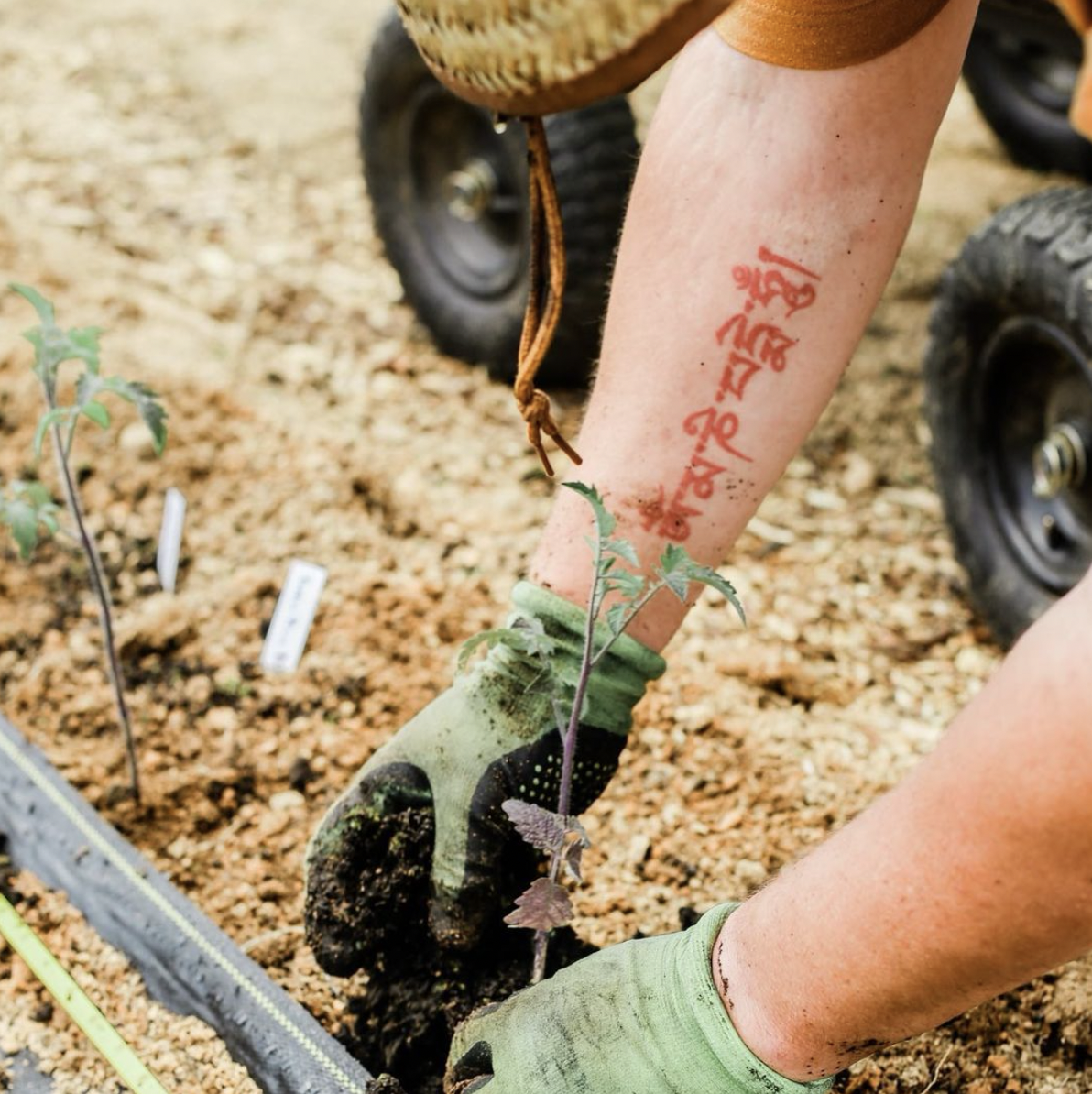Eating Locally (A Challenge)

So, I’m a farmer (I think I can say that now?). As a farmer, with a heavy focus on building living soils, sustainable and healthy animal husbandry, and a deeply held passion for community-driven food systems, I often find myself feeling hypocritical at best, a fraud at worst.

Congruency
Deep down I have a fire in my belly, screaming at the world around me to support their local farmers. To buy from people like me, because I actually care about the livestock I raise, the food they eat, the life they have, and the sacrifice they give to sustain us. To buy from your neighbor to keep the money in your community. To vote against commodity meat and monoculture produce with your dollars.
Yet, as a busy single father with a full-time job and a farm, I often end up in the line at Chick-fil-A putting money in the pockets of the disgusting chicken houses I’m surrounded by in this area of North Carolina. I’ll buy our meat, butter, and milk at Aldi because I can conveniently get it all in one place and it’s cheap.
I am not in congruency with the words I preach, and I blame life for getting in the way as an excuse. I’m not cool with that anymore. How can I educate my customers at the farmers market about the benefits of supporting us local farmers, when I do it half-assed myself?
The Plan
For the entirety of August, I’m challenging myself to eat 100% local. Just as a base, I’m saying 100-mile radius, though, after some research, it seems I can get almost everything within 40 miles. The only exception is salt, and only salt. I’ll document it daily on my Instagram, what I eat and where it came from, mainly just to hold myself accountable. I hope this will extend indefinitely after August, though I have some personal challenges as I’ll touch on below.
Advantages
I do have an advantage that makes a lot of this easier than it might for some others. I am eating a high-carnivore keto diet, and even if I do decide to make bread or pasta on a cheat day, there is a flour mill nearby that only uses corn and wheat from the county I live in. My diet consists primarily of meat, animal fats, butter, cheese, cream, and at least some low-carb vegetables. For this month, I will probably be less strict about the types of vegetables, meaning if I have some beets, potatoes, tomatoes, or carrots, I’m not gonna beat myself up over it.
Preparation
To prepare, I have purchased 1/8th of a grass-fed cow from a local Amish dairy farm. This is also where I will be getting all my milk, cream, butter, and yogurt. I have good access to pastured pork from a friend's farm just 10 minutes from ours. I (along with my business partner) raise pastured chicken, ducks, eggs from both, lambs, and will be adding quail shortly. While we also have a market farm, we spent most of this summer building infrastructure, so other than tomatoes and some microgreens, we won’t really have much ready to eat until fall.
The first supermarket appeared on the American landscape in 1946. That is not very long ago. Until then, where was all the food? Dear folks, the food was in homes, gardens, local fields, and forests. It was near kitchens, near tables, near bedsides. It was in the pantry, the cellar, the backyard. - Joel Salatin
Privilege
Price and availability are a clear problem in most of this country when it comes to organic or sustainably raised meats and produce. This is more of a systematic issue of the large-scale corporate agricultural methodology we worship here in America. Having spent 1/3rd of my life living overseas, mostly in Central America and Southeast Asia, I can assure you this is not normal. I lived 12 years in Thailand, where outside of the junk food at 7-11, 98% of my in-laws' diet was either homegrown, bartered with friends or family, or bought from local producers.
So yes, I am privileged that I live in a rural farm community and that I have the means to pay a premium for some items. That said, part of the point of this is to prove it’s possible, and by communities taking control of their local food supply, this can be made possible for everyone in this country to have access to local, healthy foods. This is complex and there is a lot of work to get to that point, but I plan to touch more on this throughout this journey.
Challenges
I live for coffee and sadly use really bad palm oil-based sugar-free creamers. I’m addicted to Diet Dr. Pepper. I mean, 6 16oz bottles a day kind of addicted. I try to control my sugar craving with sugar-free chocolates. But with this challenge, all of that is out the window. No sugar, no artificial sweeteners. Honestly, that will be my biggest challenge. I’ve used the sugar-free creamers and sugar-free sodas as a crutch to get through my cravings, even while doing keto and carnivore diets in the past.
I’m writing this at 2am. It’s already August 1st. When I wake up in the morning, it begins. Let's see what happens when I instantly cut 1000mg of caffeine from my life. LOL
